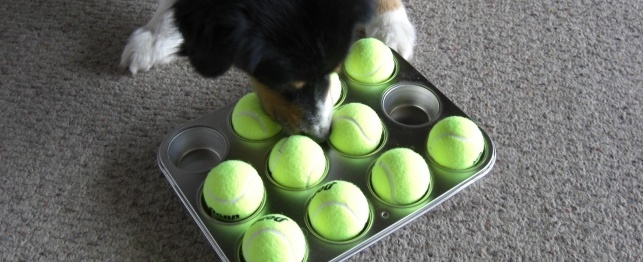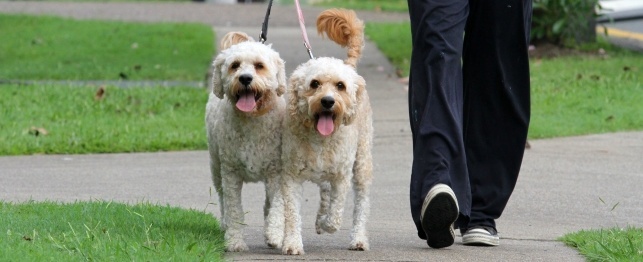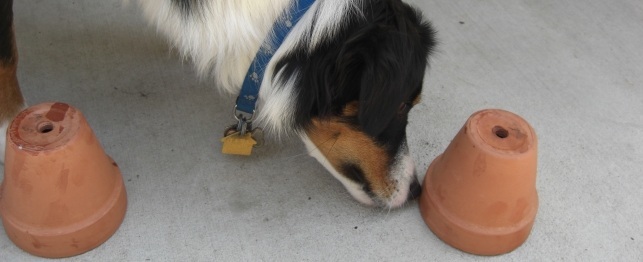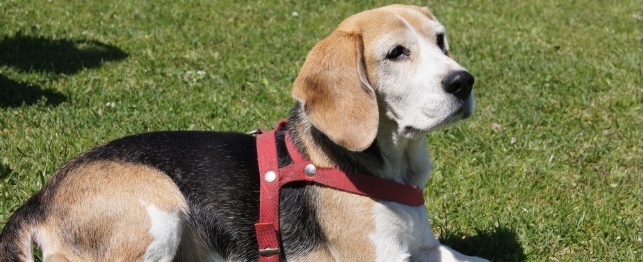Who says you cannot teach old dog new tricks? No matter how persistent your pet dog is, these 10 insider advice from expert dog obedience trainers will enhance your dog's habits in no time.
1. Start teaching as soon as possible. While older dogs can actually be trained also, younger dogs will pick new habits more quickly, and is going to be more likely to keep these habit patterns all through their life.
2. Teamwork is key. Every member of your household must observe the very same approach with regards to coaching so that you can guarantee success. For example, if your husband says "stop" if he would like the pet to stop rummaging over the garbage, but you say it whenever you wish the dog to sit down, you're going to confuse the dog and thwart your own teaching initiatives.
3. Be consistent. Do not forget that there is no such thing as "just this once," in terms of pet dog coaching. Periodically indulging your dog's undesirable conduct may possibly make stuff less complicated in a shorter time period, but they won't develop a well-trained pet dog in the long term.
4. Set clean boundaries. Determine in advance precisely what the "guidelines" for your pet dog will probably be. One of many foremost errors owners make in training isn't becoming certain enough in their objectives and expectations. That is why the very first stage in numerous dog training classes is usually to create a listing of all the things you assume your pet to perform.
5. Comprehend that a dog is a dog. There is no doubt that a dog is a beloved member in the family; but he or she isn't a child, or a baby. For the right training benefits, recognize your dog's unique place in the world - and work with it, not in opposition to it.
6. Discipline, do not punish. It's very important to allow your canine know the moment he or she has acted in a means that deviates from your expectations; nonetheless, never ever allow punishment creep in to the equation. Discipline must constantly be a goal-focused activity of supporting your dog construct better traits for the long run. It must not be punitive in nature.
7. Adjust your expectations. Keep in mind that every dog has particular needs. Do not try to train a pit bull as you would a golden retriever. At the same time do not forget that a dog's natural environment has a great deal influence with how they will be trained. Dog training in Florida might be much different than dog training in Minnesota.
8. Be a Master. Dogs are born and bred to follow the lead of a master. Do not be scared to move into a leadership level with your dog. Do not forget that great leadership isn't about bossing your pet dog around - it is about making your dog feel protected and supported.
9. Structure is key. Dogs feel safest, and are most interactive to training, in a very structured environment. Set an exact schedule for walks, play time, feeding time, and bed, and your dog will easily settle right into a routine. He may possibly even bring you his leash the moment it is time for your everyday walk.
10. Workout. Probably above any other single activity, workout features a dramatic impact on the dog's habits and way of living. Aim to give your dog with no less than 30 minutes of elevated exercise, twice daily, and you'll be surprised with the outcomes.

 The Fabulous Muffin Tin Game for Dogs
The Fabulous Muffin Tin Game for Dogs
The Fabulous Muffin Tin Game for Dogs
The Fabulous Muffin Tin Game for Dogs
 How Much Exercise Does My Dog Need?
How Much Exercise Does My Dog Need?
How Much Exercise Does My Dog Need?
How Much Exercise Does My Dog Need?
 Flower Pot Scenting Game for Dogs
Flower Pot Scenting Game for Dogs
Flower Pot Scenting Game for Dogs
Flower Pot Scenting Game for Dogs
 Dog Games - Try Puppy Push-Ups
Dog Games - Try Puppy Push-Ups
Dog Games - Try Puppy Push-Ups
Dog Games - Try Puppy Push-Ups
 The Dark Side of Dog Parks – Why Dog Parks May Not Be Your Dog’s Friend
The Dark Side of Dog Parks – Why Dog Parks Ma
The Dark Side of Dog Parks – Why Dog Parks May Not Be Your Dog’s Friend
The Dark Side of Dog Parks – Why Dog Parks Ma